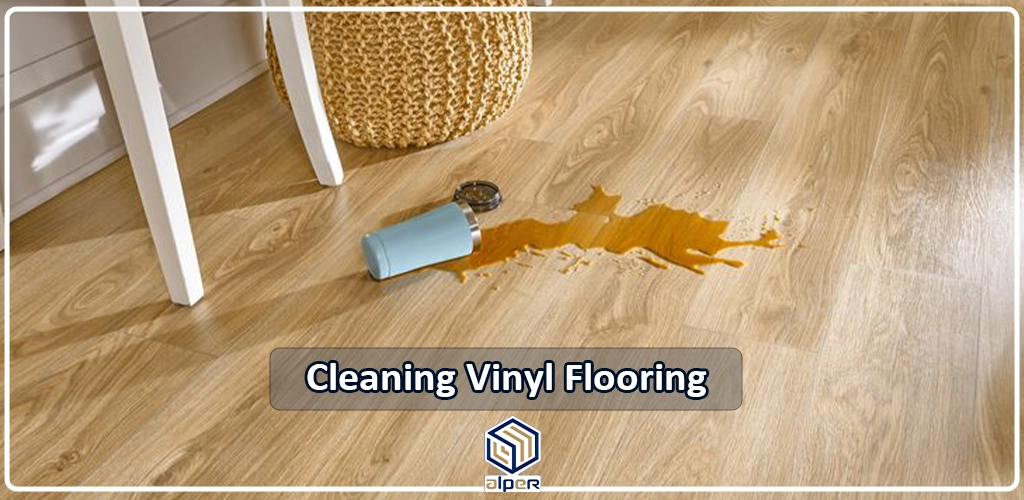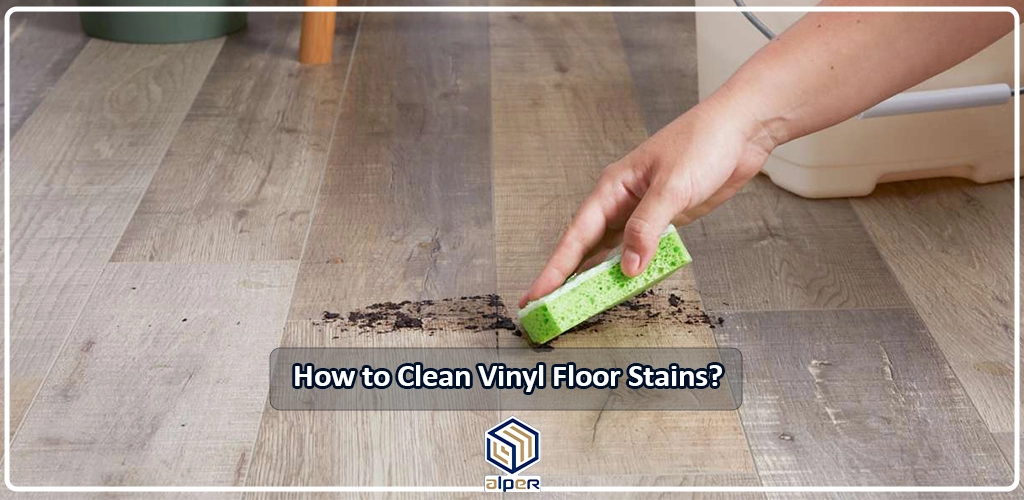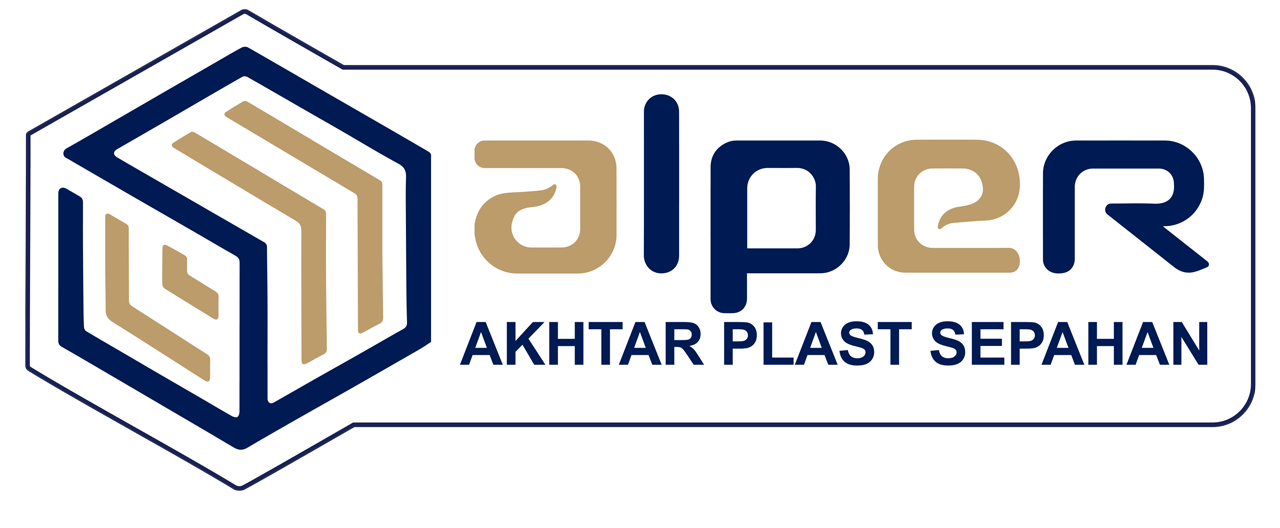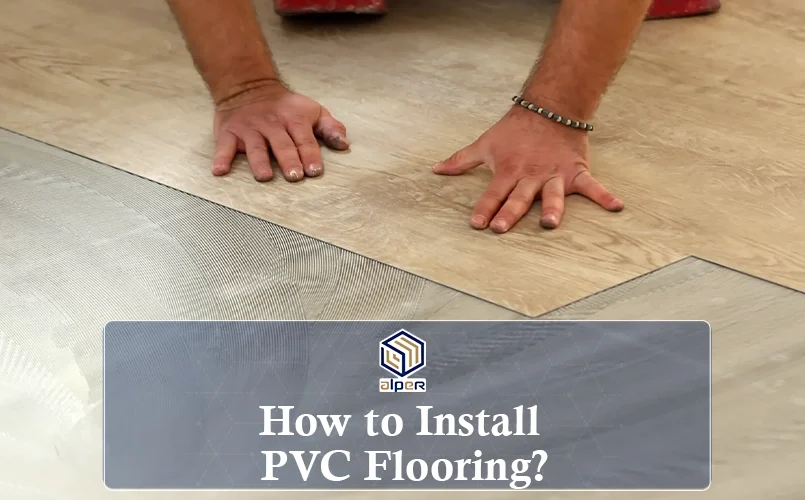How to Clean Vinyl Floors: A Complete Step-by-Step Guide
LVT flooring (luxury vinyl tile) is an affordable, durable, and attractive option for many homes, but it needs proper care to maintain its beauty. If you’re wondering how to clean vinyl floors effectively without causing damage, you’re in the right place! In this comprehensive guide, we’ll cover everything from basic maintenance to deep cleaning methods and how to tackle stubborn stains. In fact, knowing how to clean vinyl floors the right way is crucial to keeping them looking spotless and shiny for years.
If you’ve recently completed a pvc flooring installation, it’s essential to start with the right cleaning habits from day one. Incorrect cleaning during the first few weeks can lead to surface dullness, trapped dirt in seams, or adhesive weakening in glued-down areas.
Whether you’re dealing with luxury vinyl planks (LVP), vinyl tiles, or traditional PVC flooring, this guide will walk you through the best way to clean vinyl floors, using practical tips, tried-and-true methods, and the best tools. We’ll also cover special cleaning methods, how to handle deep clean vinyl floors, and how to avoid damage during routine vinyl flooring cleaning.
Let’s dig in and make sure your floors always look their best.
How to Clean Vinyl Flooring: Basic Maintenance
1. Sweeping and Vacuuming Regularly
To keep your vinyl floors in top condition, start by sweeping or vacuuming daily. Dirt, dust, and debris can scratch the surface, so regular cleaning is essential. A soft-bristle broom or a vacuum without a beater bar is ideal for this task.
2. Mopping with a Gentle Cleaner
Mopping your floors weekly (The Best Way to Clean Vinyl Floors) is another important step in vinyl flooring cleaning. Use a damp mop and a mild cleaning solution. A few drops of dish soap mixed with warm water usually work well. Be careful not to soak the floor, as too much water can seep into the seams and edges, causing damage.
3. Mopping with a Gentle Cleaner
Placing doormats at the entrances to your home can significantly reduce the amount of dirt and grit that gets tracked onto your floors. This simple step not only cuts down on your cleaning time but also prevents scratches and wear.

How to Deep Clean Vinyl Floors?
Even with regular maintenance, vinyl floors occasionally need a deep clean. Here’s a guide on how to deep clean vinyl floors
-
Clear the Area: Remove furniture, rugs, and other items to access the entire floor.
-
Vacuum or Sweep: Ensure no debris remains before deep clean vinyl floors.
-
Use a Stronger Solution: Mix 1 cup of white vinegar, a few drops of dish soap, and a gallon of warm water. For tougher stains, add a tablespoon of baking soda to the solution.
-
Scrub Gently: Use a soft-bristle brush or microfiber mop to scrub the floor, focusing on high-traffic areas or stains.
-
Rinse Thoroughly: Mop with clean water to remove any cleaning residue.
-
Dry Completely: Use a dry towel or let the floor air-dry to prevent water spots.
The best way to clean vinyl floors is a combination of regular maintenance and occasional deep cleaning using gentle, non-abrasive methods.
How to Clean Vinyl Floors Stains?
1. Tackling Food and Drink Stains
To remove food or drink stains from vinyl floors, mix a small amount of dish soap with warm water and gently scrub the stain using a soft cloth or sponge. Rinse with clean water to remove any soap residue. If the stain persists, try using a small amount of baking soda paste.
2. Removing Scuff Marks
Scuff marks from shoes or furniture can be a bit trickier. A magic eraser or a soft cloth with a bit of baby oil should do the trick. Rub gently to avoid scratching the surface, and always wipe up any leftover oil with a damp cloth.
3. Dealing with Ink and Crayon Stains
If you’re dealing with ink or crayon stains, rubbing alcohol can be a lifesaver. Apply a small amount to a soft cloth and gently rub the stain. Be careful not to use too much alcohol, as it can dull the finish.

Natural & best way to clean vinyl floors:
For eco-conscious homeowners, natural cleaning solutions are a great option for vinyl flooring cleaning. Here are two effective recipes:
Vinegar and Water Solution:
Mix 1/2 cup white vinegar with a gallon of warm water.
Use for regular mopping to remove dirt and maintain shine.
Dish Soap and Baking Soda Paste:
Combine a few drops of dish soap with a tablespoon of baking soda.
Apply to stubborn stains, scrub gently, and wipe clean.
How to clean vinyl flooring in high-traffic areas?
Vinyl plank flooring is a stylish and durable option, but high-traffic areas like hallways or kitchens require extra care. Here’s how to keep them spotless:
Increase Cleaning Frequency: Sweep or vacuum daily in busy areas.
Use Mats or Rugs: Place mats at entryways to reduce dirt tracked onto the floor.
Spot Clean Regularly: Address spills or scuffs immediately to prevent permanent marks.
Deep Clean Monthly: Follow the deep clean vinyl floors steps outlined above to maintain the floor’s appearance.
FAQs:
You should sweep or vacuum daily and mop at least once a week for regular maintenance. Deep clean vinyl floors once a month to keep them in top condition.
A mixture of warm water and mild dish soap or vinegar works best for cleaning vinyl flooring. Avoid harsh chemicals and abrasive cleaners to protect the surface.
The best way to clean vinyl floors is to regularly sweep or vacuum to remove dirt and debris, followed by mopping with a damp mop and a mild cleaning solution like warm water and a few drops of dish soap.
Yes, vinegar is a safe and effective cleaner for vinyl flooring. Mix equal parts of white vinegar and water for a natural cleaning solution. It cuts through grime without leaving any residue, and it’s gentle on the floor's surface.



